Swap and Shop
A virtual car part swap meet
Joey Spreha - Team Leader
Connor Friden - Researcher/Designer
Wendy Adams - Researcher/Designer
About
At the beginning of the semester, students had to pitch an app idea to the class. The professor formed groups around the most popular project proposals. My team leader, Joey, proposed the concept of Swap and Shop, a virtual car part swap meet. As a team member, I assisted my team leader with any of the tasks at hand. Our team leader gave us a lot of freedom in designing our app, so I used my artistic abilities to help my group develop an aesthetically pleasing product.
Goal-Directed Design
For this project, our team followed the principles of Goal-Directed Design, developed by Alan Cooper. These principles laid out the framework for the project. The framework includes the planning, research, modeling, testing, and refining phases.
Literature Review and Competitive Audit
The first step in the process was to work on a Literature Review. Essentially this is looking at other pieces of work that pertain to our subject. In our case, we researched the buying and selling of car parts. We determined what has been already studied and what to look for when creating a mobile app.
The Competitive Audit’s purpose is to take a look at our competition. We used this to see what worked for our competition, what didn’t work, and how our app might gain a competitive advantage.
First Round of Interviews
After our initial research, we set out to ask people what they desired in a car part mobile app and the methods they use to buy car parts. Since buying car parts isn’t for everyone, we decided the best way to go about interviewing these people at car shows. We went to Caffeine and Octane in Atlanta and received lots of information from genuine car people.
We found no one way everyone buys parts from our interviews and prior research, and that many sites exist. However, many people have to go to specific sites or don't trust others as much. We wanted to capitalize by being a trustworthy location to buy and sell and have everything all in one place.
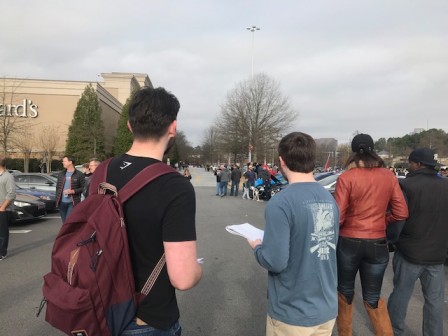
PRODUCT BACKLOG/HYPOTHESIS TABLE (SPRINT 1)
As a team, we created a product backlog and multiple hypothesis statements that we knew would change as we progressed through the project. Based on our hypothesis statements, we came up with business outcomes that would get our product out into the market and make it a viable business. Our product backlog underwent many changes throughout Sprint 1 and was finalized during Sprint 2. Once we conducted interviews and did more research, we were able to complete the backlog and remove anything that didn’t belong.
Personas
We developed two primary personas, a buyer and a seller, to create the app. Combined with their expectations, we created a context scenario for when someone would use the app. These allowed us to make sure we were designing for the right people at all times.
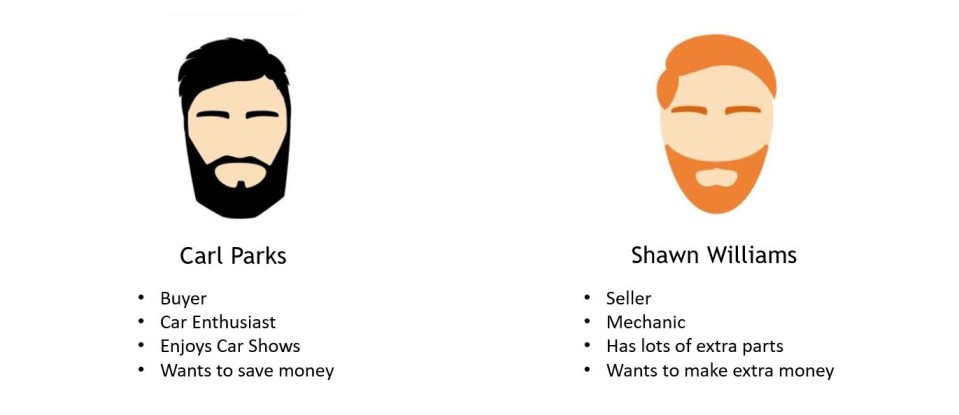
Low Fidelity Prototyping
Once we finally knew what was needed and expected in the app, our team could start Lo-fi prototyping. Our team came up with our ideas; then, we took the best ideas to combine into a few final iterations. These ideas became the basis for our first digital prototype.
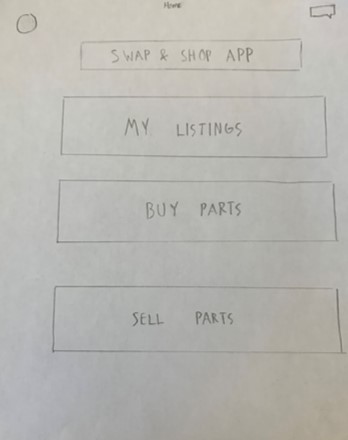
Prototyping Iteration 1
The team came up with digital prototypes based on the lo-fi prototypes, and the team leader chose the best prototype for testing.
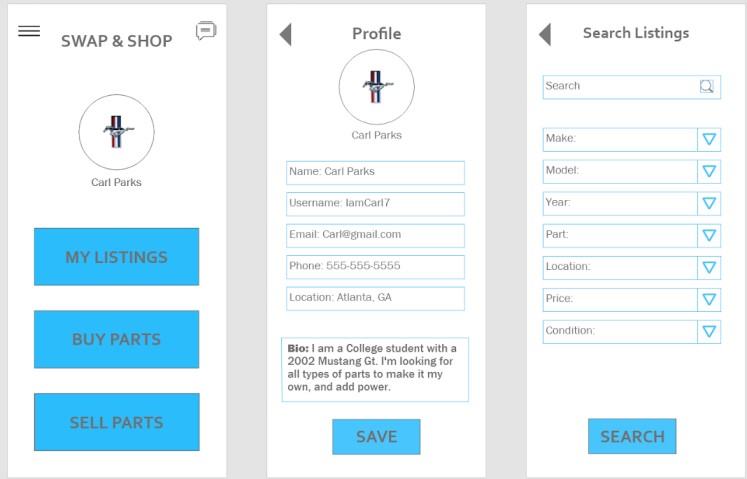
Usability Testing
Due to a time crunch, our team was only able to test three participants, but we received similar feedback from each, which we considered invaluable. We tasked users to navigate the app’s essential functions and input on how it worked and made the experience better.
Prototyping Iteration 2
After testing, we made some revisions based on the comments received by participants. The main problems were:
- It was difficult to tell what was clickable.
- "Willing to Trade" was confusing.
- Lockouts should be present if the information is not filled out correctly.
As a team, we addressed these problems in the second and final iteration.
Final Product
After all of our research, interviews, prototyping, and testing, the final version of Swap and Shop was created.
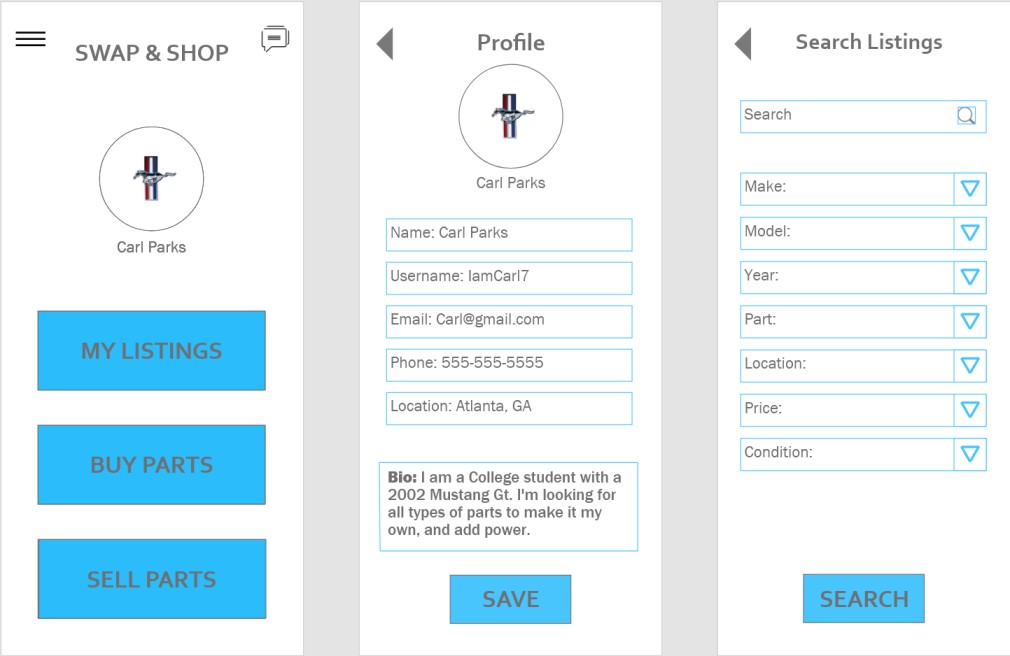
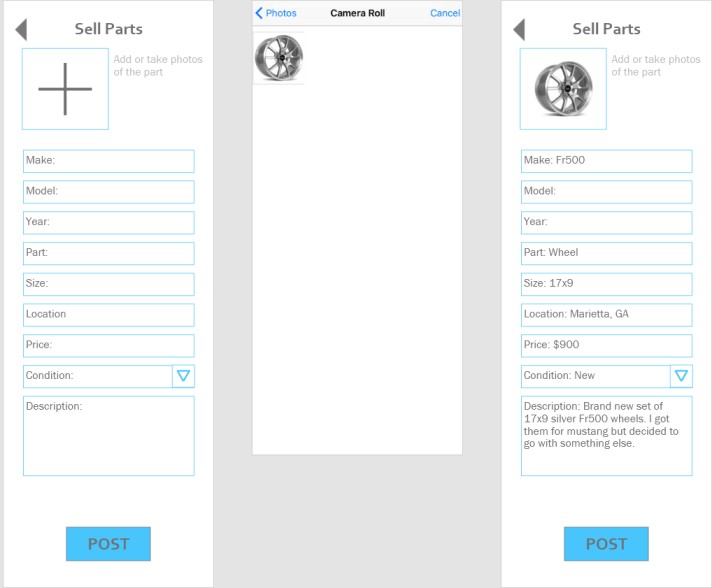
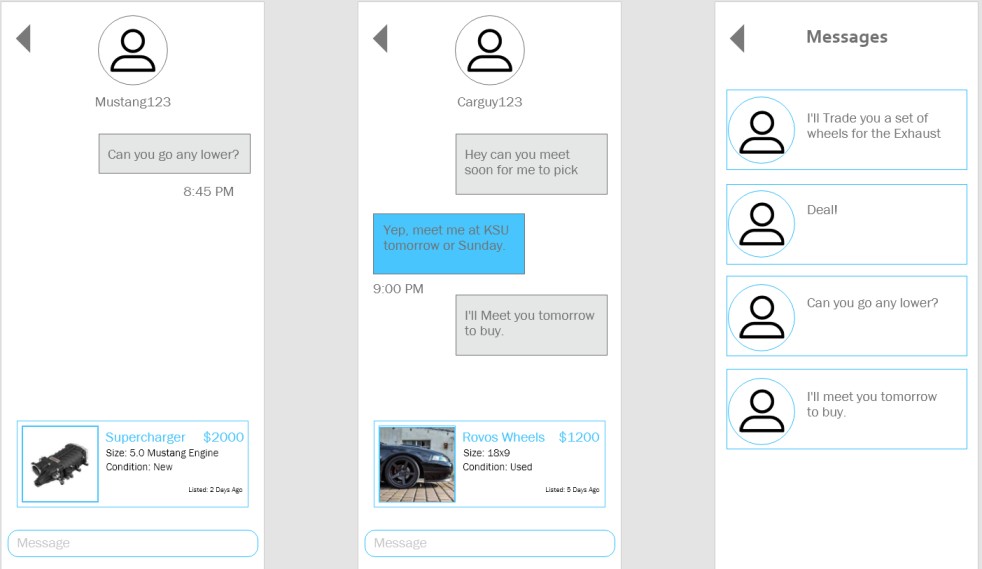
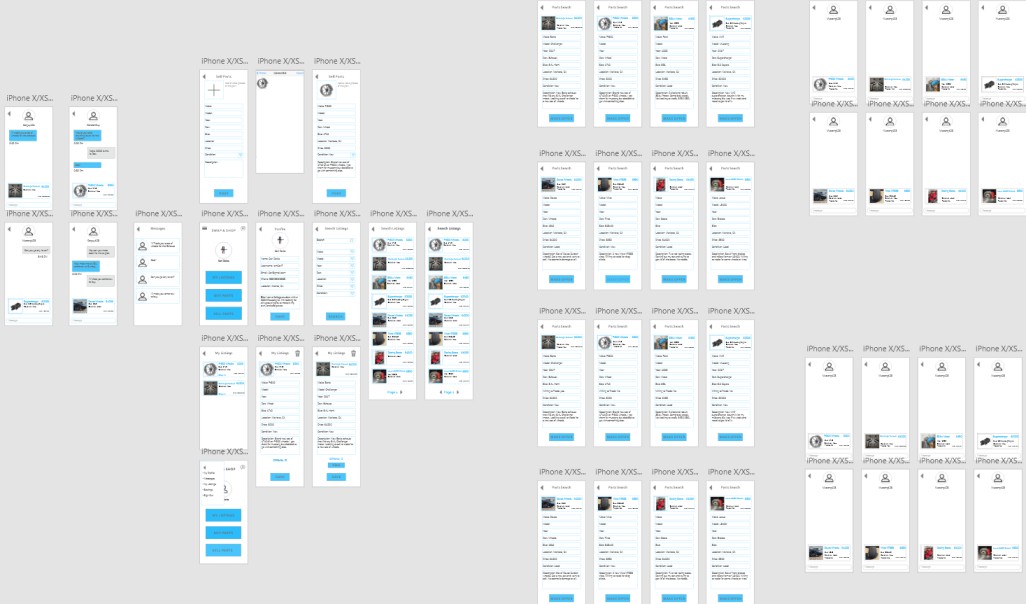
Presentation
On the last day of class, our team leader presented the app to the class, who acted as our stakeholders. He went over the process of how we got to where we are and the reasoning behind it.
Final Thoughts
This project was the first time I have ever done a group project of this scope and scale. This was also the first time I have ever done user testing and interviews. I have to say the whole process was very intimidating at first, but my group helped me get through it. I ended up enjoying the process over time, and I'm glad I have some experience under my belt moving forward.